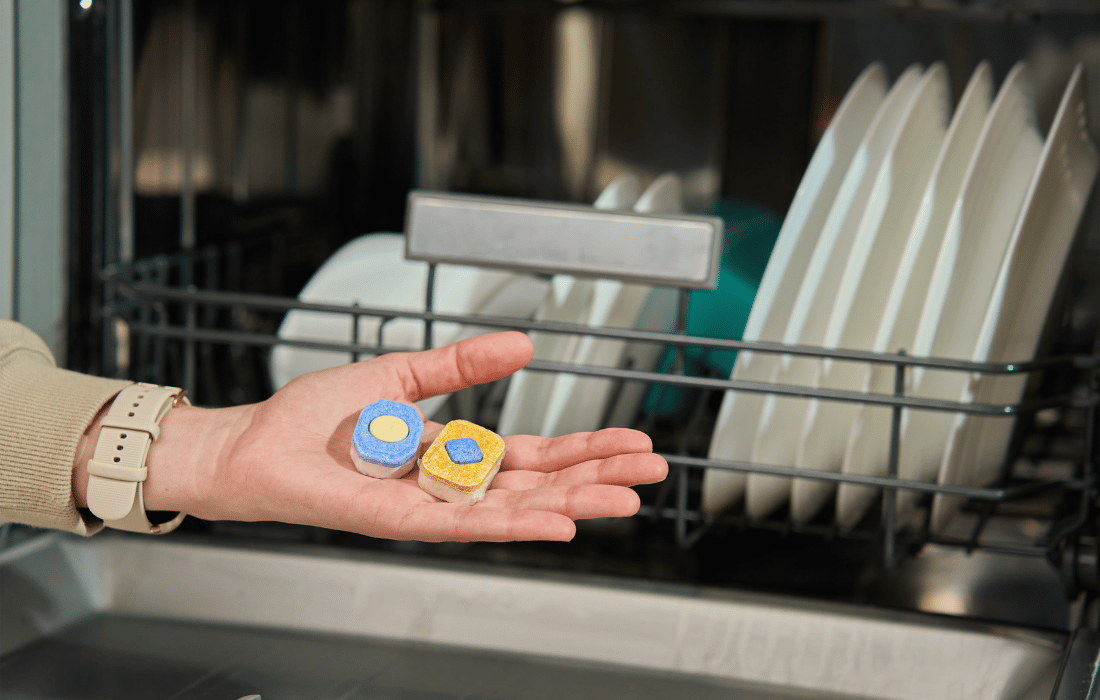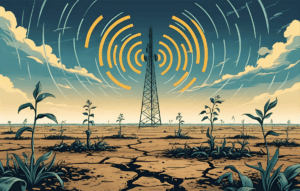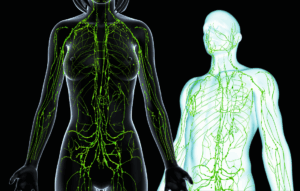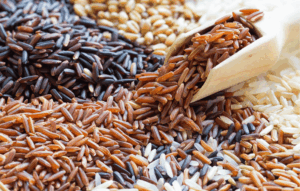Your gut isn’t just a food tube. It’s a highly sophisticated organ with an immune army, hormonal communication network, and detox channel all rolled into one. At the center of this network is the gut epithelial barrier—a single layer of tightly packed cells that selectively absorbs nutrients while keeping harmful invaders out.
When this barrier is functioning properly, it acts like a bouncer at an exclusive club: letting in only what belongs and keeping troublemakers out. But if this barrier becomes compromised—a condition sometimes called “leaky gut”—things go downhill quickly. Toxins, pathogens, and undigested food particles can sneak through, leading to inflammation, immune activation, and a whole host of chronic issues like autoimmune diseases, food sensitivities, IBS, and even mood disorders.
The gut barrier is also intimately tied to your nervous system and brain health. It communicates with the brain via the vagus nerve, impacts hormone balance, and influences mood-regulating neurotransmitters like serotonin. So, when the gut barrier is disrupted, the ripple effect can go well beyond digestion. Brain fog, anxiety, skin issues, fatigue—these seemingly unrelated symptoms can all stem from one core issue: compromised gut integrity.
What’s shocking is how everyday products—like dishwasher detergents—could be poking holes in this vital barrier. That’s exactly what a groundbreaking study published in The Journal of Allergy and Clinical Immunology uncovered. And if you think this only applies to industrial settings, think again.
Key Findings: How Dishwasher Detergents Harm the Gut Barrier
The study evaluated both household and professional-grade dishwashing detergents and rinse aids using state-of-the-art methods like RNA sequencing, immunofluorescence staining, and gut-on-a-chip technology. The results? Nothing short of alarming.
1. Rinse Agents Cause Cell Toxicity
Even at very low dilutions (up to 1:20,000 v/v), rinse agents exhibited cytotoxicity—meaning they damaged or killed gut epithelial cells. That’s no small side effect. Over time, this level of damage can compound, especially for people already dealing with gut imbalances.
2. Barrier Function Was Significantly Disrupted
When epithelial cells were exposed to these chemicals, their transepithelial electrical resistance plummeted. This metric is a direct indicator of barrier integrity—lower numbers mean the barrier is leaking.
3. More Leaky Gaps Between Cells
An increase in paracellular flux was also observed, indicating that more substances—including toxins and bacteria—could slip through the gaps between cells. This can light a fire of low-grade systemic inflammation in the body, which we now know is a common root in many modern diseases.
4. Alcohol Ethoxylates: The Main Offender
The main culprit identified in rinse aids was alcohol ethoxylates, common surfactants used to make dishes appear spotless. While great for aesthetics, they’re biologically disruptive. These surfactants are also found in some shampoos, body washes, and industrial cleaners—places where we might expect to find harsher chemicals, but not necessarily on our dinner plates.
5. Residue on Dishes = Chronic Exposure
These chemicals don’t just disappear after a cycle. They cling to plates, cups, and utensils. In professional settings, the residue left behind is even more concentrated. Translation: every meal could come with a dose of gut irritants. Over time, even low-level exposure can build up, especially for people eating multiple meals per day off of “clean” dishes.
6. Inflammatory Gene Activation
RNA sequencing revealed that epithelial cells exposed to these chemicals activated genes involved in cell death, immune signaling, and inflammation. In essence, the gut acts as if it’s under biochemical attack. This immune response can become chronic if the exposure continues, setting the stage for inflammatory diseases and accelerated aging.
Beyond the Gut: Microplastic Pollution From Dishwashing
As if gut damage weren’t enough, dishwashers are also a surprising source of microplastic (MP) pollution, according to a separate 2023 study published in Environmental Science and Pollution Research.
How It Happens
Dishwasher interiors, plastic parts, and accessories—especially when exposed to high heat and detergents—release microplastics into the wastewater stream. These are tiny, often invisible fragments of plastic that make their way into sewage systems and, eventually, into rivers, oceans, and drinking water.
And let’s not forget: those particles don’t just pollute the oceans. They end up in us. Microplastics have been found in human placentas, blood, and even brain tissue. This is not a theoretical environmental issue—it’s a very real biological one.
Just How Bad Is It?
Empty Dishwasher Test: Intensive cycles (70°C for 164 min) released over 1,000 MPs per load.
Add Plastic Containers: Washing six polypropylene lunch boxes increased MP release by 166 per box.
Use Detergent? You just increased MP shedding by 35–54%.
Most of these microplastics are polypropylene fragments from the dishwasher parts themselves. The detergent didn’t just sit idly by; it contributed to chemical wear and tear, especially when combined with heat and time.
Combine this with existing microplastics in tap water, and you’ve got a recipe for exposure far beyond what most people realize. Children, pregnant women, and people with impaired detox pathways may be especially vulnerable.
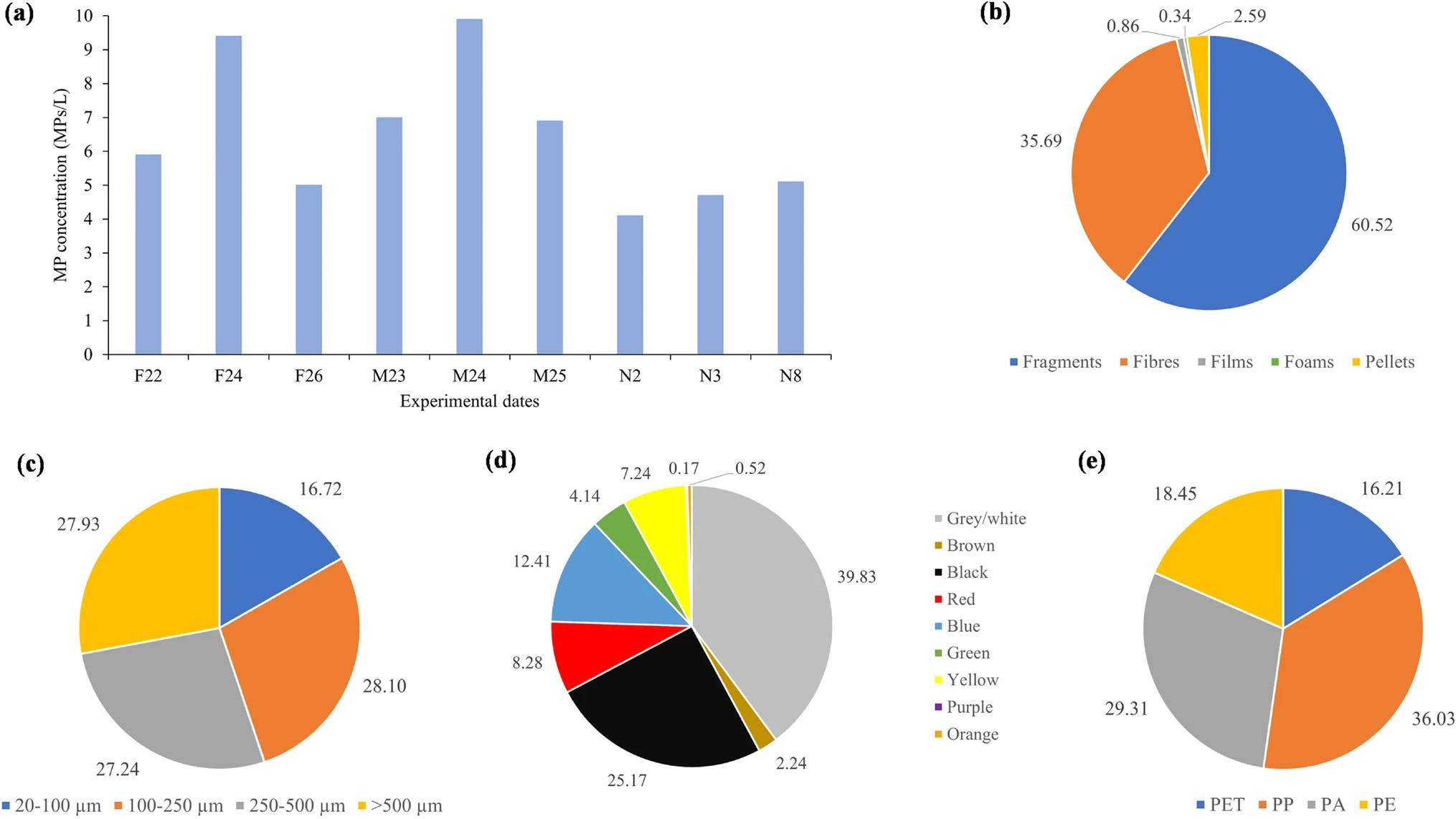
Rethinking “Clean”
What does it really mean for dishes to be clean if they’re coated with gut-damaging surfactants and microplastics?
We’re at a point in time where “clean” has to mean more than just the absence of visible grime. It needs to mean biologically safe, non-disruptive to human health, and free from residues that can silently harm us from the inside out.
1. Hand-Washing: Back to Basics
Yes, it takes more time. But using warm water, a natural sponge, and a safe dish soap (like castile or baking soda-based cleaners) is far less likely to damage your gut lining.
2. Use Natural Alternatives to Rinse Aids
Try white vinegar or a solution of lemon juice and baking soda in the rinse aid compartment. It gets the job done without damaging your insides.
3. Switch to Non-Toxic Detergents
Look for third-party verified, EWG-rated “A” grade dishwasher detergents that don’t include alcohol ethoxylates, synthetic fragrances, dyes, or phosphates.
4. Use Glass or Stainless Steel Instead of Plastic
Glass lunch boxes don’t leach, degrade, or contribute to microplastic release. Plus, they last way longer.
5. Air-Dry Your Dishes
High-heat drying can bake residues onto your dishes. Let your dishes air dry instead.
6. Add a Water Softener
Softer water reduces the need for harsh detergents and leaves fewer residues behind.
7. Wipe Before You Eat
A simple extra step: before serving food on a plate or cup straight from the dishwasher, wipe it with a clean towel or rinse it with filtered water. It won’t eliminate exposure, but it may reduce residue.
Regulation: Why Aren’t These Chemicals Banned?
Despite the science, alcohol ethoxylates and similar ingredients remain widely used. Regulatory agencies are far behind when it comes to updating policies based on new health data. Ingredients in household products—especially those considered “indirect food additives”—don’t undergo the same rigorous safety testing as pharmaceuticals or even food.
We need:
Stricter regulation on chemicals in rinse aids and detergents
Clear labeling of all ingredients, especially surfactants
Limits on remnant residue levels for food-contact surfaces
Independent, long-term studies to validate product safety
And let’s be honest: the burden shouldn’t be on consumers to wade through scientific studies to make safe choices. Transparency and accountability should be baseline requirements in any product designed to touch our food.
The Need for More Research
This was a lab-based study. We now need:
Long-term human data: Especially in people with gut issues like Crohn’s, IBS, or autoimmune conditions.
Pediatric studies: Children have developing guts and weaker detox systems. The impact on them could be far greater.
Combined exposure studies: What happens when you mix rinse aid residue with microplastics, BPA from plastic lunch boxes, and tap water contaminants? We’re only scratching the surface.
Individual susceptibility: Why do some people react more strongly than others? Could genetic differences in detox pathways (like MTHFR) or immune function play a role?
Final Thoughts: Choose Clean Consciously
We’re waking up to a truth that’s hard to unsee: our version of “clean” may be biologically dirty. The sparkling dishes may come at the expense of your gut integrity and the environment.
We can do better.
Choose non-toxic products. Rethink convenience. Wash with intention. Because the health of your gut—and the planet—starts with the choices you make in your kitchen.
Small changes today build lifelong resilience. And maybe, just maybe, the next generation won’t have to trade their health for convenience.

